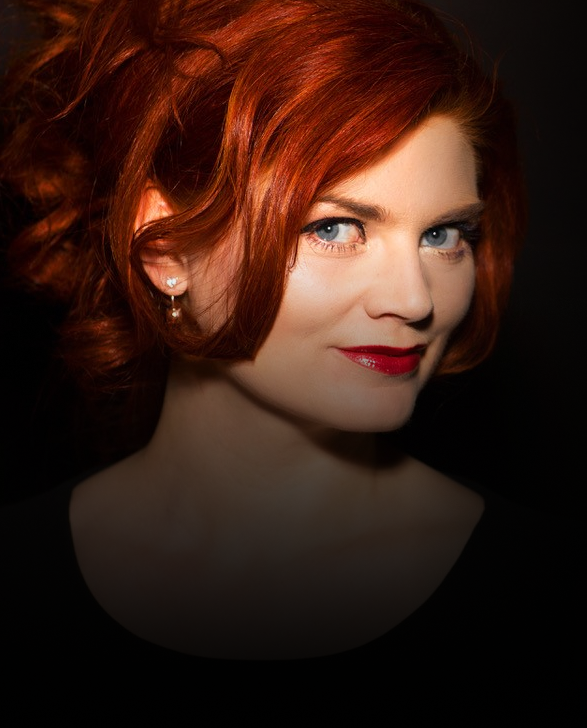An interview with Barbara Mutzbauer, Scenographer, Expomobilia.
How do you define scenography, and how does it work?
How to explain a whole universe *smiles*?
In a nutshell, scenography is the art of narration in the language of space.
This language of space is atmosphere.
As a scenographer I want the audience to experience the message through immersion in that atmosphere. Scenography works when a message is sensed by your body, understood by your mind and felt in your heart. For me, this is both a serious responsibility, and a magnificent pleasure.
How can space communicate a story?
Anybody can tell a story, but it might stay... uninteresting. The essence of the story – the narrative – has to be transmitted and become meaningful. The medium of space is capable of touching people and creating meaning, with real impact.
In my PhD project I researched on the important function of atmosphere in spatial communications. Formal interior design or digital inputs are important. But also actions and mood of different visitors to the same place and time. A scenographer must be able to direct all of that. That sounds impossible, but it is not, when you know how to do it.
Spaces can be tuned according to the message. When it is done right, the audience will tune in, too.
You’re about to complete PhD based on research on the Swiss, Austrian, and German Pavilions at Milan Expo. What did you notice there about the most effective, impactful designs?
Each of the three pavilions communicated in a very differentiated and sophisticated way. But what was common to them was a very effective and skilful use of atmosphere.
Very impressive to me was the Swiss contribution by Netwerch for Presence Switzerland. The scenographers knew how to engage the visitors, even making them co-creators of the pavilion – and ambassadors for the message. By offering food to be taken away, warning that there might not be enough for other visitors in the future, Switzerland provoked participation and discussion. The Expo theme Feeding the Planet was not only exhibited but brought to a higher level: it was a real interactive personal experience.
Do you believe hybrid digital-analogue installations to be the dominant storytelling form for the future?
It is already dominating: in both exhibitions and in our lives. There is seldom an exhibition without any kind of screen. The question is rather ‘how well it is done?’, and I would be happy if quality would come first.
Digital communication can bring us together, but more technology doesn’t always mean better installations. We are all searching for the real, that which touches us. Also it is evident that analogue learning is more effective for the brain than consuming digital content.
For me exhibitions must be designed in that way, so that the narratives will be understood and remembered. Digital and analogue tools should be used to the extent each is needed. So the future is not about the dominance of hybrid settings, but the best balance out of both worlds.
Why is Expomobilia uniquely placed to build such pavilions?
First there is the astonishing level of experience in the field: building four pavilions now in Dubai, on top of a very long history of successful pavilion projects. And I had the chance to work together with the engineers and construction experts for the last year-and-a-half as creative director at Bellprat Partner for the Swiss Pavilion, so I know first-hand the effective and innovative power within the Expomobilia team.
